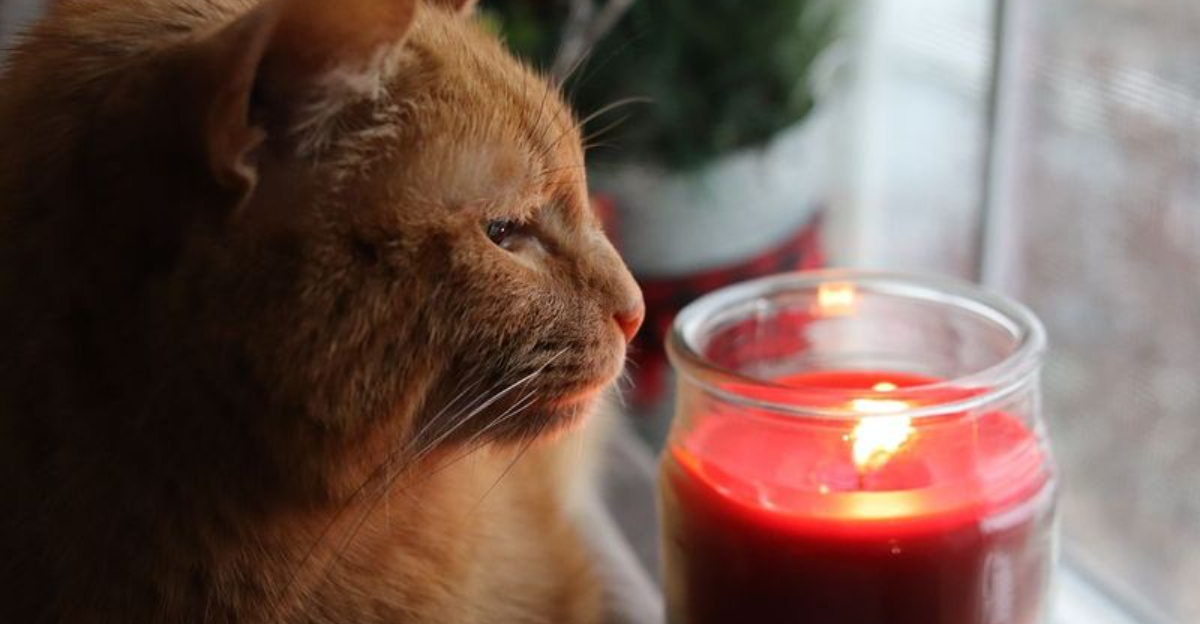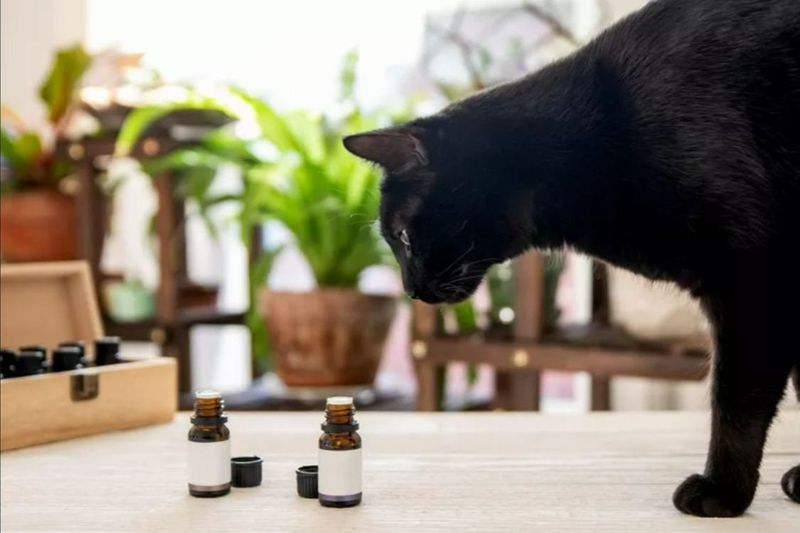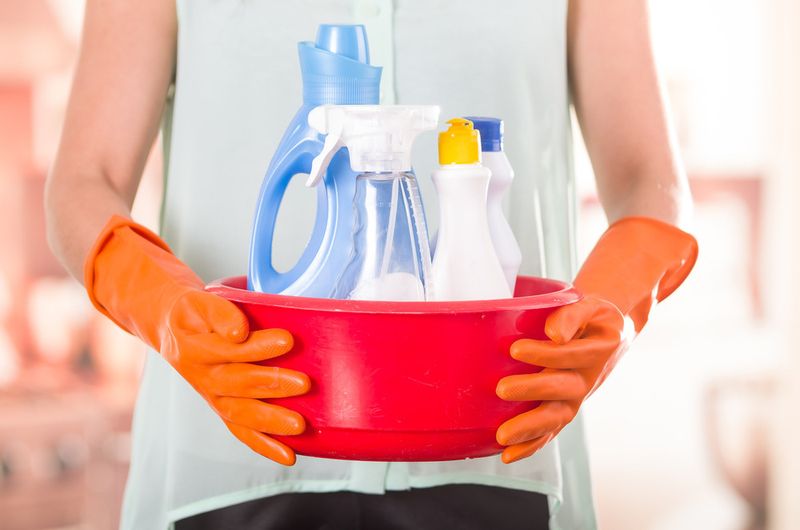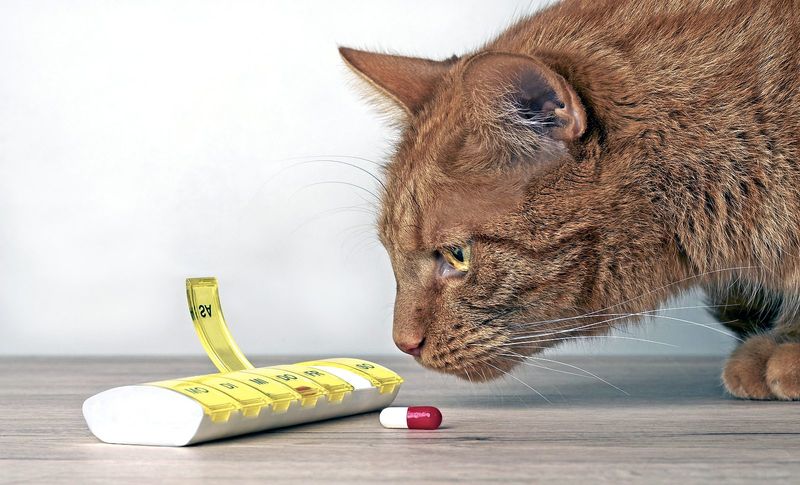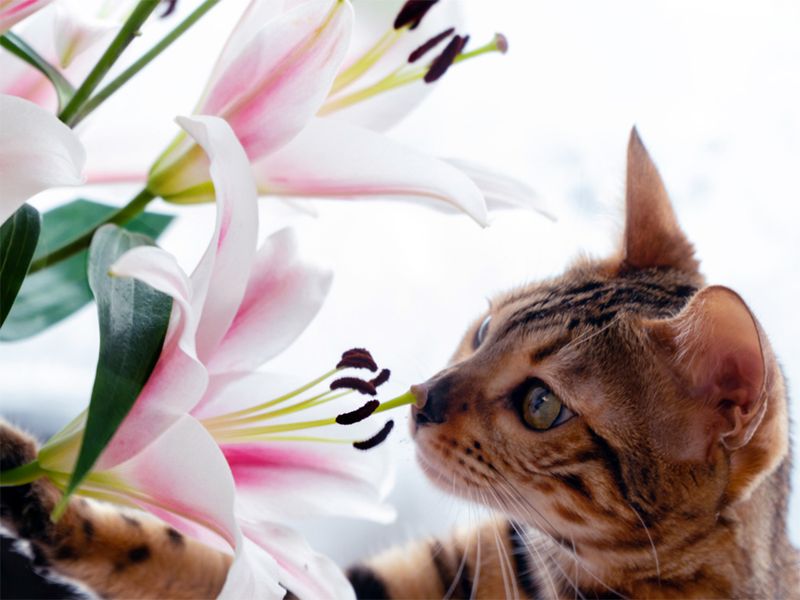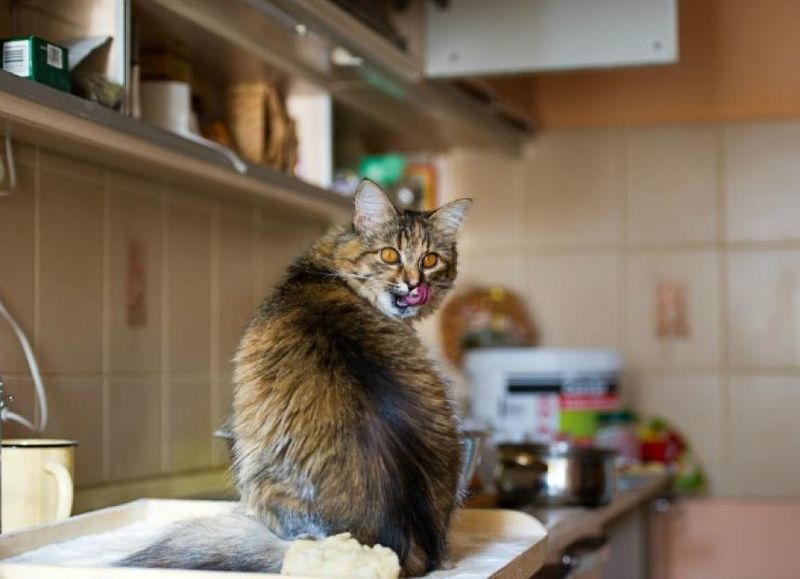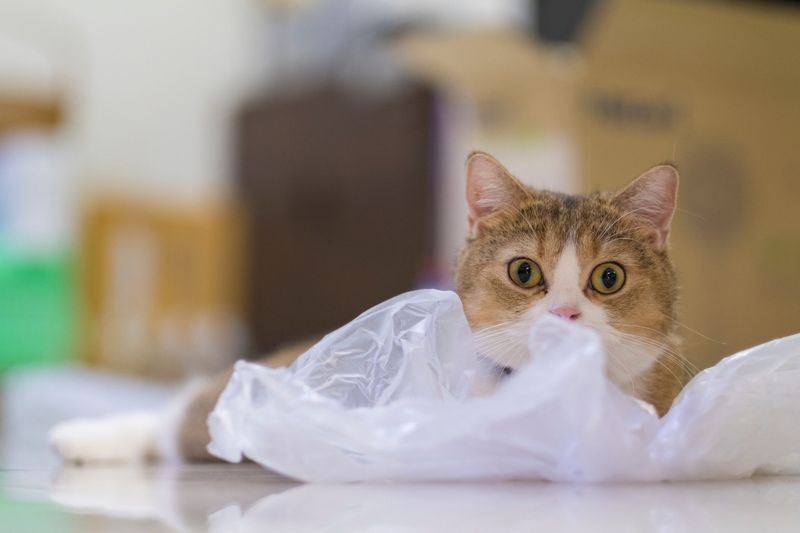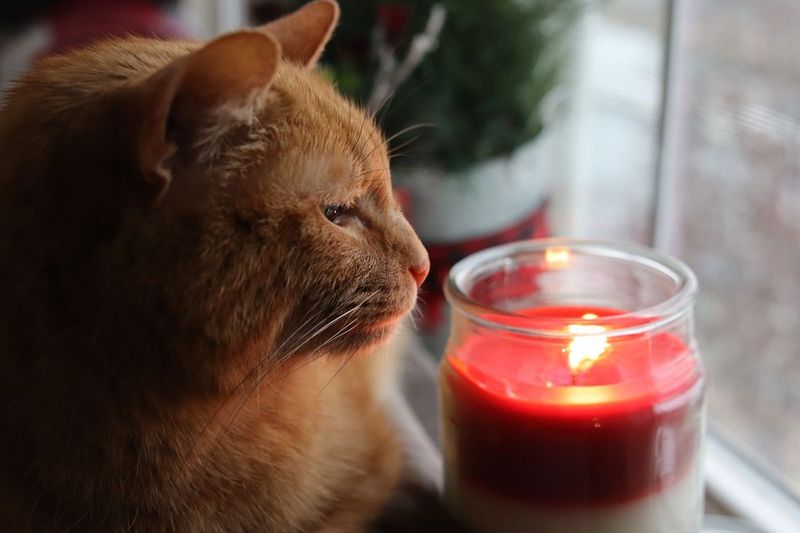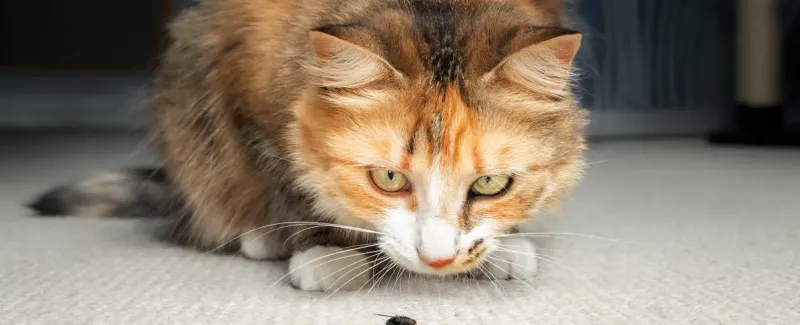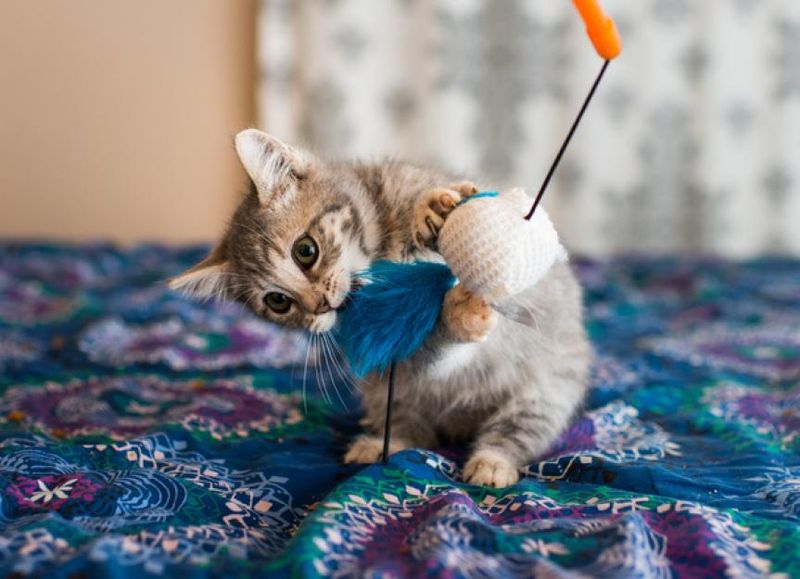📖 Table of Content:
Cats are cherished members of countless households, their presence bringing joy, comfort, and curiosity into everyday life. As responsible pet owners, we often go to great lengths to create environments that are not just welcoming but also safe for our feline friends. However, beneath the surface of well-meaning intentions lie hidden dangers—items and products labeled as “safe” that, in truth, can put our pets at serious risk.
The pet industry is vast and often overwhelming, with endless products marketed toward cat safety and wellness. From cleaners and food to toys and decorative items, the variety of offerings can make it difficult to distinguish truly safe items from those that pose subtle threats. Even routine elements of our homes—like scented candles or indoor plants—may contain substances that are toxic to cats, despite appearing harmless at a glance.
Understanding the potential hazards within your home is the first step in preventing accidental harm. It’s not just about avoiding obvious dangers like exposed wires or open windows; it also means digging deeper into the ingredients, materials, and designs of everyday items. The following sections explore nine common products that may be quietly endangering your cat’s health, offering insight into the risks they present and why they’re worth a second look.
1. Essential Oils and Diffusers
Despite their popularity for wellness and ambiance, essential oils can be perilous for cats. The feline liver lacks the necessary enzymes to break down compounds commonly found in oils such as tea tree, eucalyptus, citrus, and peppermint. Even brief exposure through diffused air can trigger respiratory distress, lethargy, or tremors in sensitive cats. Some cats may also suffer from liver damage after direct skin contact or ingestion, even in minute amounts. Products labeled “pet-safe” may still contain harmful concentrations of volatile compounds, misleading well-meaning owners. Given cats’ tendency to groom themselves, any oil residue on fur or paws can quickly be ingested. Owners should avoid diffusing oils around cats or consult a veterinarian before using any aromatic product in shared spaces.
2. Household Cleaners
Many household cleaners contain ingredients like ammonia, bleach, phenols, and formaldehyde—all of which are toxic to cats. A freshly mopped floor or sprayed surface can leave behind chemical residues that cats may absorb through their paw pads. Even “green” or “eco-friendly” cleaning solutions can pose threats if they include essential oils or synthetic fragrances. Inhalation of fumes during or after cleaning may result in sneezing, coughing, or more severe respiratory issues. Some cleaners emit vapors that linger for hours, creating an invisible hazard. Cats, with their low-to-the-ground stature and frequent grooming habits, are particularly susceptible to prolonged exposure. Swapping out traditional cleaners for unscented, pet-specific products can significantly reduce the risk.
3. Human Medications
Often left on counters or dropped unknowingly, human medications are one of the leading causes of pet poisonings. Pain relievers like ibuprofen and acetaminophen can cause liver failure and gastrointestinal ulcers in cats. Even small amounts of antidepressants or ADHD medications may trigger seizures, agitation, or cardiovascular complications. Unlike humans, cats cannot metabolize these substances efficiently, making them dangerously potent. Curiosity often leads cats to investigate pill bottles or chew on blister packs, unaware of the danger. Medications with sweet or flavored coatings can be especially tempting and misleading to pets. Keeping all pharmaceuticals in sealed containers and out of reach is essential for any household with cats.
4. Lilies and Other Toxic Plants
While beautiful and commonly used in floral arrangements, lilies are one of the most dangerous plants for cats. Ingesting even a tiny portion of the leaf, stem, pollen, or water from a vase containing lilies can cause fatal kidney failure. Other popular plants like tulips, daffodils, and azaleas also pose significant risks if chewed or swallowed. Cats are naturally curious and often nibble on leaves or petals, especially indoor cats lacking access to grass. Symptoms of plant toxicity can include vomiting, drooling, lethargy, and, in severe cases, complete renal shutdown. Many pet owners are unaware that some flowers received as gifts can be deadly within hours of exposure. Pet-safe alternatives like spider plants or cat grass offer safer options for indoor greenery.
5. Human Foods
Several everyday foods considered harmless or even healthy for humans can have disastrous effects on cats. Items such as onions, garlic, grapes, raisins, and chocolate are all toxic to feline systems. Xylitol, a sugar substitute found in gum and baked goods, can cause insulin release and lead to hypoglycemia. Cats have different metabolic pathways than humans, meaning even small doses of these foods can be harmful. While the occasional nibble might not always lead to visible symptoms, cumulative exposure or high doses can be lethal. Many cats are also lactose-intolerant, making dairy products a hidden source of digestive upset. Sticking to veterinarian-approved treats and diets is the safest route for maintaining your cat’s health.
6. Plastic Bags and Packaging
Crinkly, lightweight plastic bags might seem like fun playthings, but they carry significant risks. Cats may chew or swallow pieces of plastic, which can obstruct their intestines or cause choking. Some plastic bags are coated in substances like cornstarch or oils that attract animals but are not safe to ingest. Additionally, the danger of suffocation is real—curious cats may crawl inside and get trapped. Packaging materials like bubble wrap, foam peanuts, and tape also present hazards if chewed or swallowed. Many of these items are not digestible and require surgical removal if lodged in the digestive tract. Storing plastic materials in sealed bins and providing safe, engaging toys can prevent these accidents.
7. Candles and Air Fresheners
Fragrance-based items like scented candles and air fresheners often contain volatile organic compounds (VOCs) that are hazardous to cats. Burning candles can release particles into the air that irritate feline lungs, especially in enclosed spaces. Some products contain essential oils or paraffin wax, which compound the risk further. Air fresheners, including plug-ins and sprays, may lead to sneezing, coughing, or more serious respiratory conditions with repeated exposure. Cats tend to hang out in cozy, enclosed areas where airflow is limited, amplifying their exposure to airborne chemicals. Residue from these products can settle on fur or surfaces that cats lick while grooming. Switching to beeswax candles or non-toxic diffusers made specifically for pet households is a safer alternative.
8. Pest Control Products
To combat household pests, many people turn to rodenticides, insect sprays, or ant traps without realizing their effects on pets. Cats who walk on treated surfaces or ingest poisoned pests can suffer secondary poisoning. These chemicals often target nervous or cardiovascular systems, with effects like seizures, internal bleeding, or sudden collapse. Some baits are designed to be palatable to animals, increasing the risk of accidental consumption. Even flea and tick treatments for dogs can be harmful if applied to cats by mistake. Symptoms may not appear immediately, making it difficult to connect the dots. Choosing pest control solutions that are clearly labeled for feline use and consulting a vet before use is the best preventive step.
9. String-Like Toys and Small Objects
While toys like string, ribbon, or yarn might seem like classic cat entertainment, they can be deceptively dangerous. Ingestion of linear objects can cause what’s known as a linear foreign body, which can bunch up the intestines and require emergency surgery. Hair ties, rubber bands, and small plastic parts are similarly hazardous if swallowed. Cats often chase and bite at dangling objects, but unsupervised play can quickly turn dangerous. Intestinal obstructions caused by these items often present with vomiting, loss of appetite, and lethargy. These toys can be safe if used under supervision, but they should be stored securely afterward. Opting for larger, sturdier toys designed for safe solo play is a better way to engage your cat without the risks.
